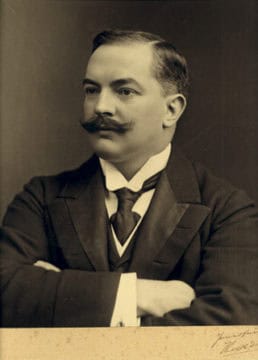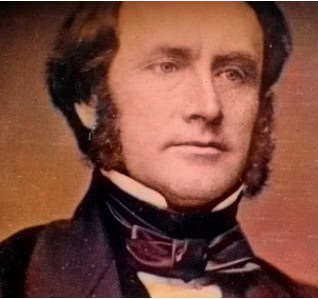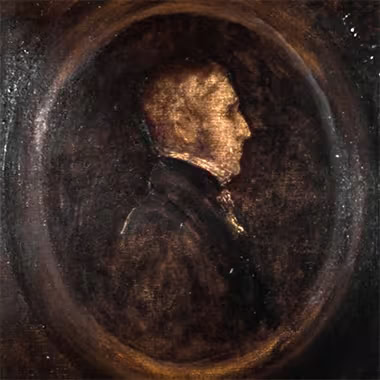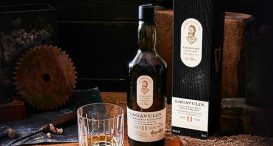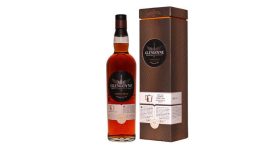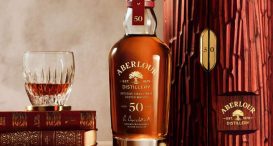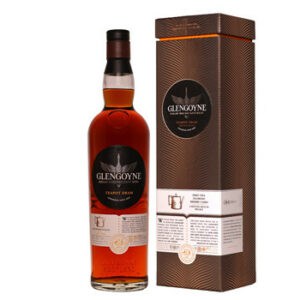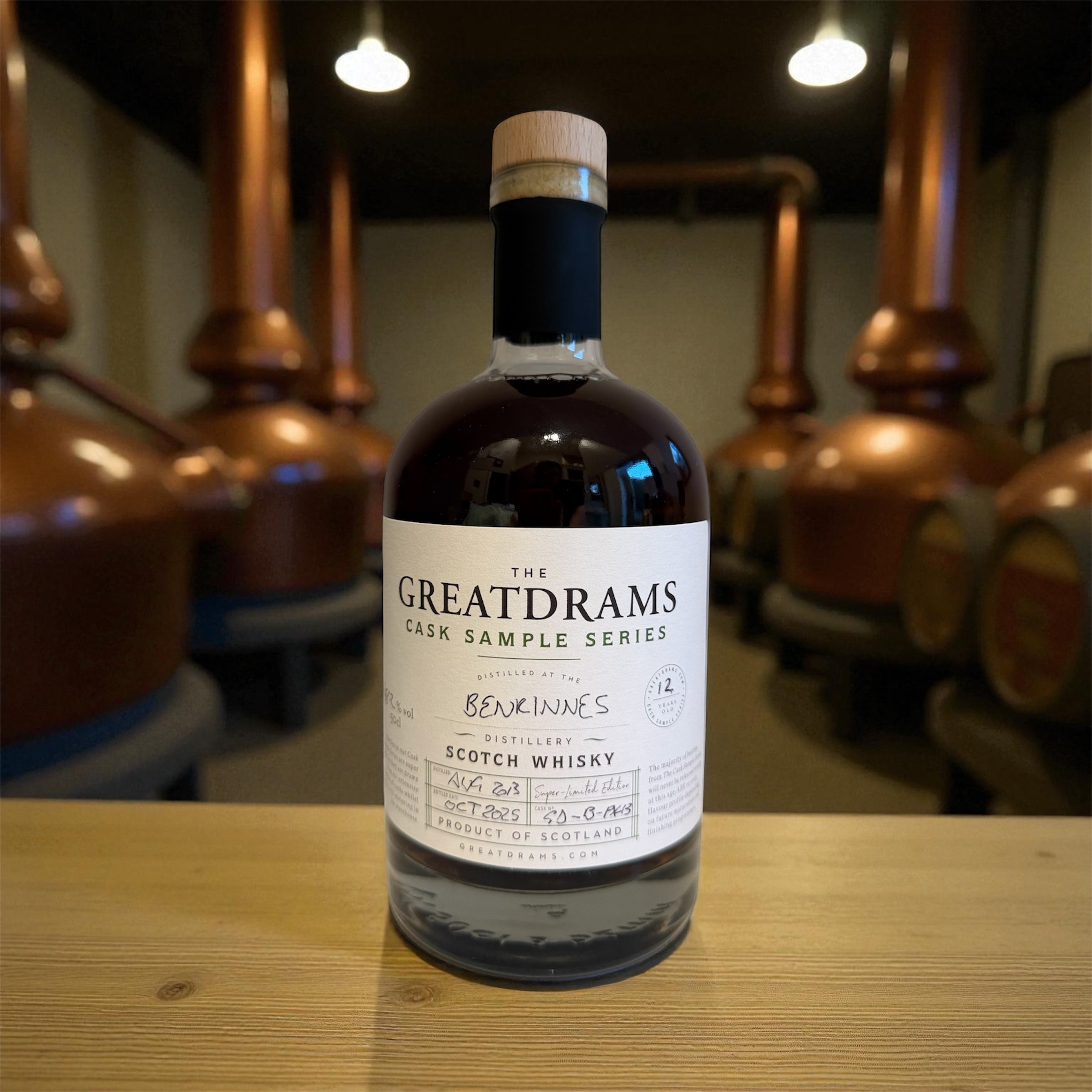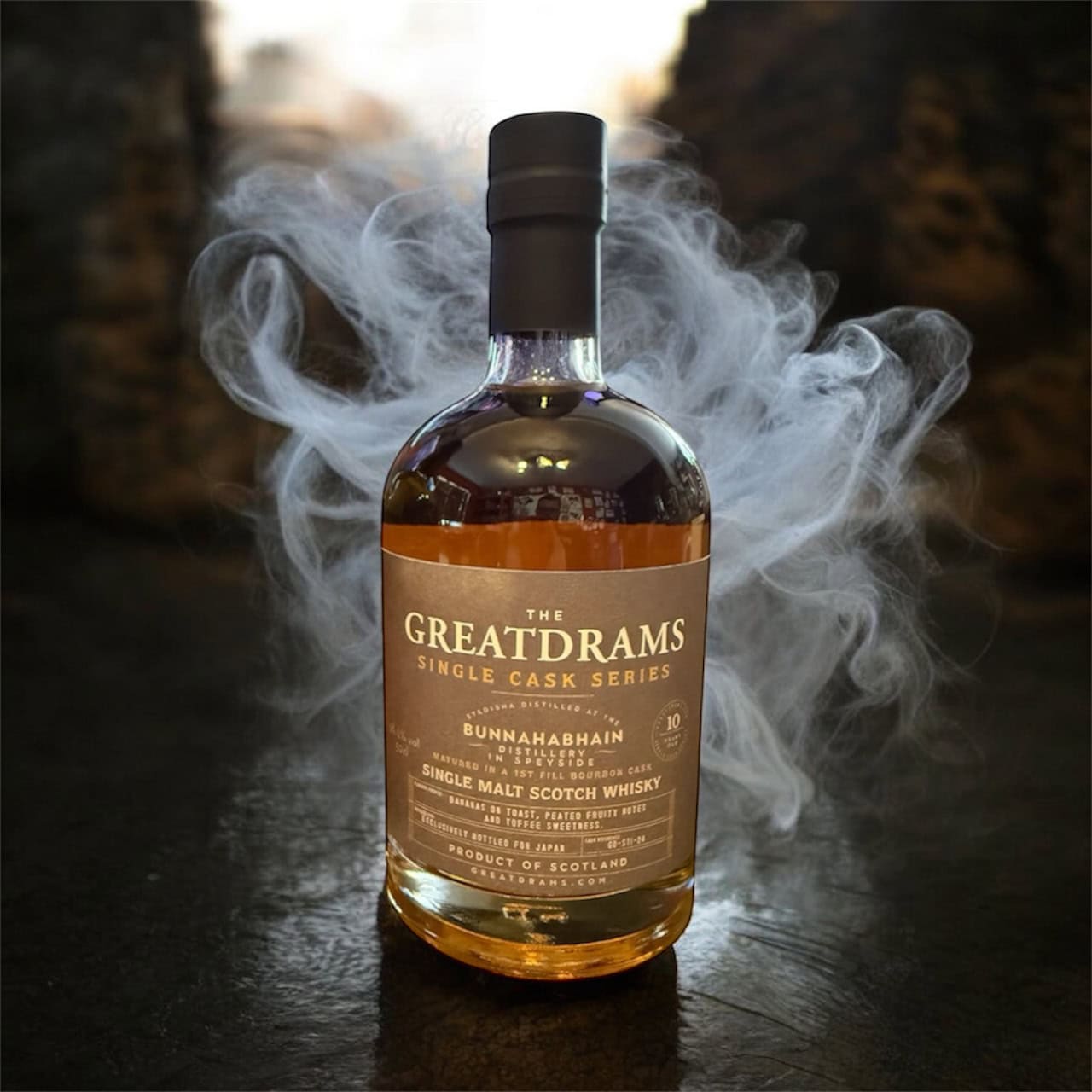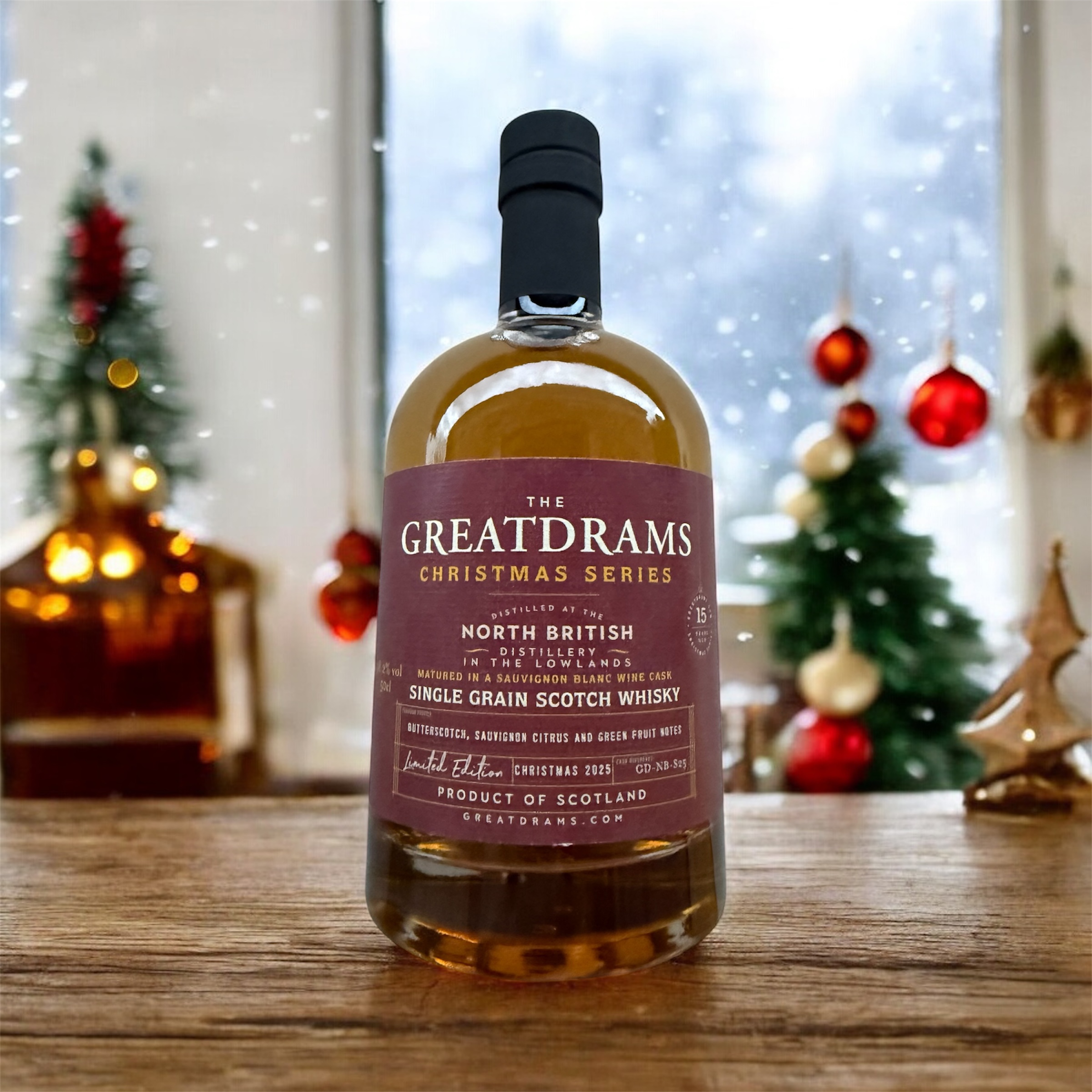5 Whisky Pioneers Who Have Shaped the Whisky Industry
In today’s article, I’m going to talk about something a bit different and take you on a journey back in time to learn more about the amazing people who helped to shape the whisky industry as we know it today.
Without the people we’ll be learning about today, the whisky industry would be very different than we know it today. In fact, it may very well not exist at all. These pioneers helped to put whisky on the map and transform it into a globally revered beverage that’s near and dear to our hearts. Had it not been for these individuals, and many more besides, who knows if GreatDrams.com would even exist at all?
So, without any further deliberation, let’s delve deep into the wondrous history books of whisky and learn about just some of the whisky pioneers who have shaped the whisky industry as we know it today.
Arthur Bell
Up first, I’m going to talk about Arthur Bell.
Now, you’ve all heard of Bell’s Scotch whisky no doubt, and you probably know it’s one of the most famous blended whiskies in the world, but do you know the man responsible for Bell’s?
Arthur Bell and Sons Ltd was first established back in 1798. After joining the family business, Arthur Bell first began blending whisky back in 1851. He wanted to create a smoother, more consistent whisky to compete with other brands. By the 1880s, as Bell’s blended Scotch whisky had proved so popular, the company focussed on blended Scotch.
Interestingly, because Arthur was such a religious man, despite his name being so well known in the industry, he refused to put his name to his whisky. His name was only attached to his signature blended Scotch in 1904, four years after he passed away.
In 1895, his two sons Arthur Kinmond and Robert Bell joined the business partnership. His two sons inherited the business when he passed away in 1900. Arthur Bell and Sons Ltd owned three distilleries in total: Dufftown, Inchgrower, and Blair Athol.
Tommy Dewar
Another hugely popular blended Scotch whisky is Dewar’s.
Tommy may not have founded Dewar’s (that was his father, John) but he did help to put it on the map and cement it as a premium product in a highly competitive market.
Tommy was brash, bold, cheeky, charming, and extroverted in every sense of the world. He was one of those people who everybody seemed to get along with, and was a natural salesman.
Tommy was born in Perth back in 1864. In 1881 he began working in his father’s business, along with his brother John. When he joined, it was John who was in charge though the two became equal partners. Tommy quickly proved he had a keen eye for business, and the personality to match.
Shortly afterwards, the brothers wanted to really establish John Dewar and Sons Ltd as an established brand and so Tommy ventured to London, aged just 21, to help really grow the business. He was initially set to meet two contacts. One had sadly died recently, while the other had filed for bankruptcy.
Despite these setbacks, Tommy charmed some prominent figures in the industry and it wasn’t long before Dewar’s blended Scotch whisky was on sale throughout London’s most prestigious businesses and shops, including The Savoy.
It wasn’t long before Dewar’s proved to be the best-selling blended Scotch in America.
William Grant
William Grant & Sons Ltd is the largest family-owned distillery in Scotland. It was established by William Grant, way back in 1887.
Grant took no prisoners. He was a ruthless and tenacious businessman who knew what he wanted and wasn’t afraid to do what was best for business, even if it meant hiking 12 miles through the rugged Scottish wilderness to purchase the equipment for his first distillery.
Grant, who was born in Dufftown in 1839 almost set up his own lime business before deciding he wanted to get into whisky. After learning that a rundown distillery in Cardhu was to be sold, he again walked several miles to put in an offer in person, which was accepted.
Grant set up his new distillery on a field in close proximity to the River Fiddich. The field was known as Glenfiddich, which translated, in Gaelic to ‘Valley of the Deer’.
Grant sourced many of the materials used to construct the distillery from local quarries and the riverbed itself. In 1887, on Christmas Day, the distillery’s first spirit flowed. That was just the start. The whisky proved hugely popular and Grant’s sons oversaw much of the whisky-producing duties.
As Glenfiddich whisky proved such a hit, the business expanded and purchased a second distillery. Following the collapse of one of their biggest customers, William placed an emphasis on creating a new signature blend. They decided on one which they named ‘stand fast’, which was inspired by the slogan for Clan Grant, which was ‘Stand Fast Craigellachie’. It too proved a huge hit.
In 1923, William passed away aged 83. By the time of his passing, he had established William Grant & Sons Ltd as one of the most profitable in the industry.
William Teacher
Another William I have for you today, is the William responsible for William Teacher & Sons, William Teacher.
In 1830, when he was just 19 years of age, Teacher decided he wanted a new career path and left his job at a mill and obtained a licence to run a grocer’s shop in Glasgow, owned by the mother of his partner at the time. At the time, a new ‘Excise Act’ was created, and Teacher wanted to take advantage of that. In 1832 he was selling it from his future mother-in-law’s shop.
Six years later, William and his now-wife, had opened up a ‘dram shop’ in his own name. A dram shop was a licenced establishment where customers could purchase, and consume, a selection of fine whiskies. It proved so successful that he became the largest licence holder in all of Glasgow, and opened up 20 more.
By 1851 the company had moved onto wholesale wine and spirits and opened up a large warehouse situated on Argyll Street, Glasgow. Here they would make up a selection of bespoke whisky blends based upon customer preference and specs.
Teacher sadly passed away in 1876, leaving the business to his two sons William and Adam.
In 2014, after being purchased by a number of prominent names in the whisky business, the company was purchased by Suntory. The company is now known as Suntory Global Spirits.
John Walker
Finally, the last whisky pioneer on my list today is John Walker.
John Walker, who was of course the founder of Johnnie Walker, was born in Kilmarnock in 1805. He was initially a grocer before creating one of the most successful whisky brands in the history of this amazing industry.
When John’s father passed away, he was left £417 as part of a trust fund. He and the other trustees invested the money in a grocery, Italian warehouse, and a wine and spirits shop in Kilmarnock. John oversaw the grocery and wine and spirits side of the business.
Walker, who actually didn’t drink, began selling spirits in 1825 after laws on alcohol taxation were relaxed. He began focussing on whisky as there was a demand for it. At the time, it was still illegal for grain whiskies to be mixed with malt whiskies. To get around this, he began selling made-to-order whiskies which were blended according to what the customer asked for.
John didn’t have any fancy distilleries or acres of land to name his whisky after. Instead, he simply stuck his name on the labels of his whiskies, selling his blends under the name ‘Walker’s Kilmarnock Whisky’.
Now, when we think of Johnnie Walker, it’s usually ‘Black Label’ that first springs to mind. This was actually created by his son Alexander, who took over from his father. Alexander had worked as a tea merchant and knew all about blending tea. He applied this knowledge to whisky, creating ‘Old Highland Whisky’ which was a blended Scotch that would eventually be re-named as ‘Johnnie Walker Black Label’. Incidentally, if you’re wondering why the label on a Johnnie Walker bottle isn’t straight, it’s because Alex found that applying the label at a 24-degree angle allowed the written text to be made bigger and more visible.
While John’s son Alexander is often credited with putting Johnnie Walker whisky on the map, had it not been for John’s shrewd business acumen, the small wine and spirit shop that started it all would never have taken off.




